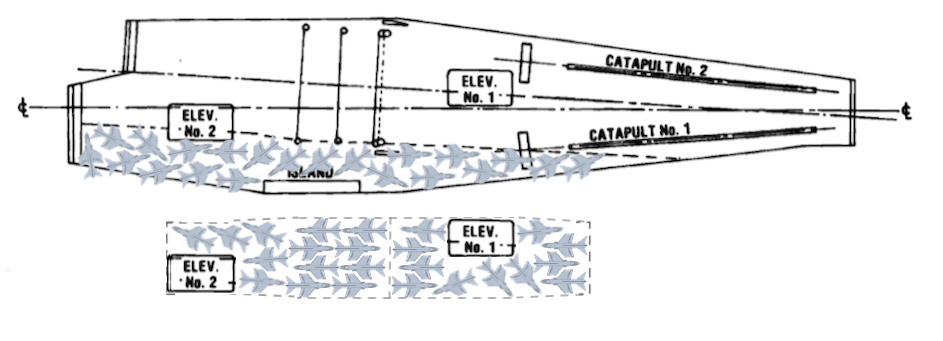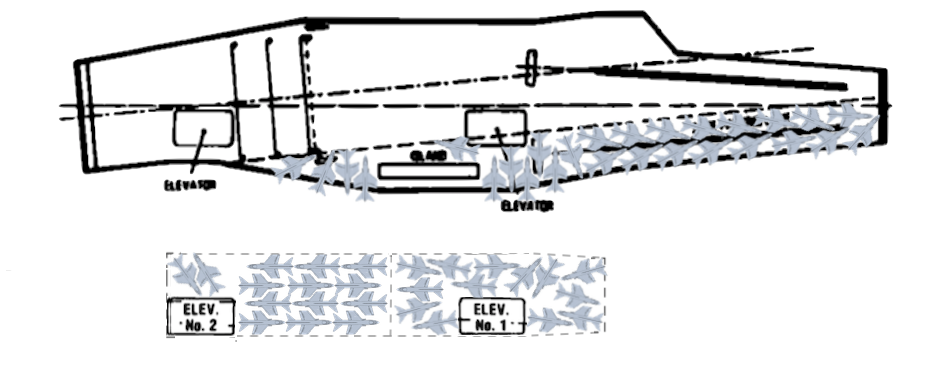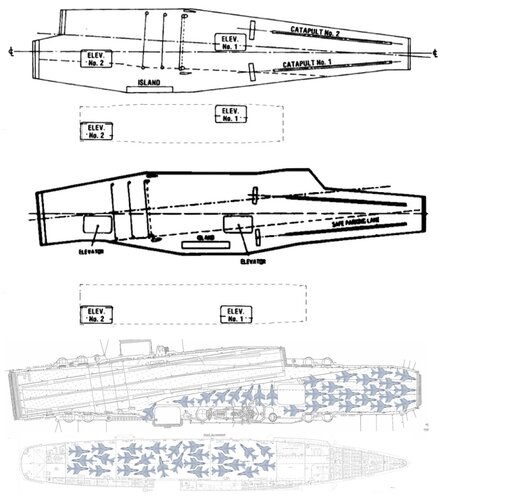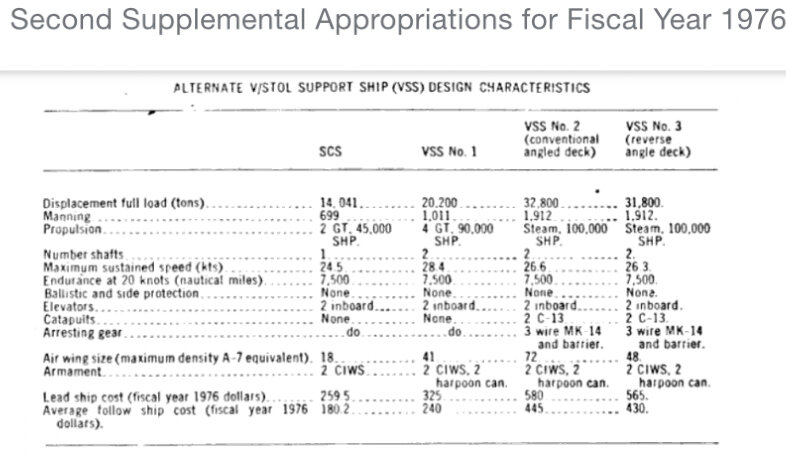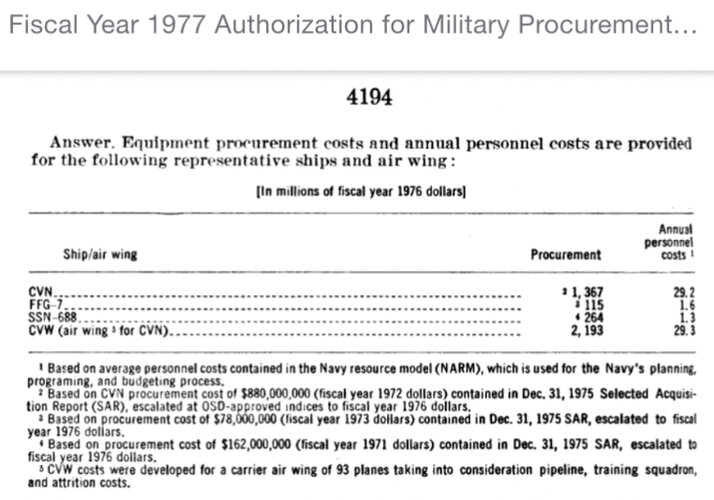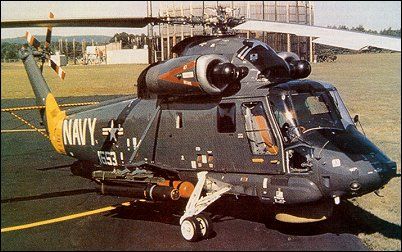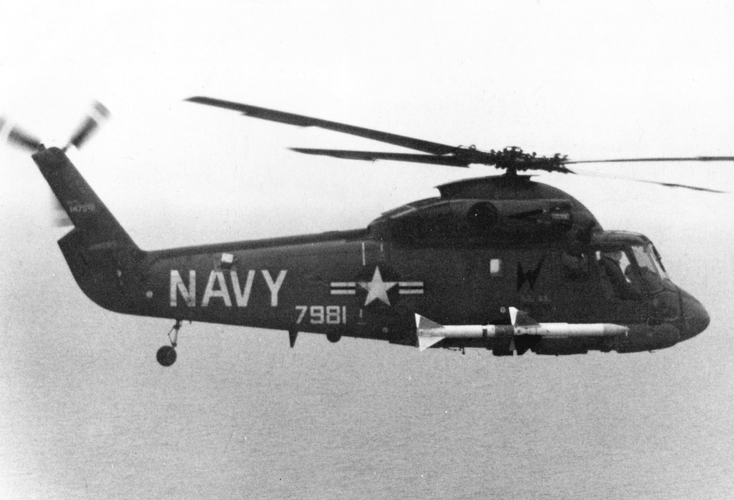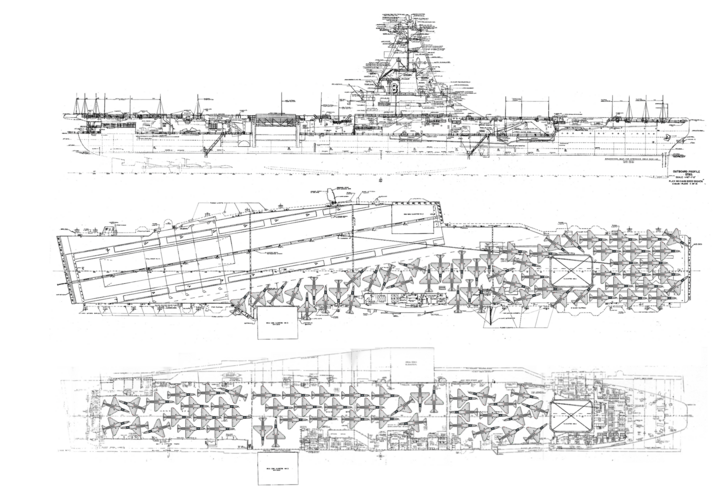Posted by Triton:
Sea Control Ship (SCS)
Specifications of preliminary design January 1972 from U.S. Aircraft Carriers: an Illustrated Design History by Norman Friedman.
Light displacement (tons): 9,773
Full load (tons): 13,736
LOA (ft-in): 610
LWL (ft-in): 585
Beam (WL/EXT): 80
Draft (full load) (ft-in): 21.62-0
Depth (ft-in): 67.5-0
SHP: 45,000
Speed (kts): 26 (24.5 sustained)
CIWS: 2
Aircraft (typical embarked):
3 AV-8A (Hawker Siddeley Harrier)
2 LAMPS (Kaman SH-2 Seasprite)
14 SH-3 (Sikorsky Sea King)
VSTOL Support Ship (VSS) I
Specifications from U.S. Aircraft Carriers: an Illustrated Design History by Norman Friedman.
Light displacement (tons): 15,210
Full load (tons): 22,940
LOA (ft-in): ?
LWL (ft-in): 690-0
Beam (WL/EXT): 98.45/133.5
Draft (full load) (ft-in): 23.23-0
Depth (ft-in): 73.50-0
SHP: 90,000
Speed (kts): 28 sustained
CIWS: 2
Harpoon canisters: 2
Aircraft (typical embarked):
4 AV-8A (Hawker Siddeley Harrier)
6 LAMPS (Kaman SH-2 Seasprite)
16 SH-53 (Sikorsky Sea Stallion)
VSTOL Support Ship (VSS) II
Specifications from U.S. Aircraft Carriers: an Illustrated Design History by Norman Friedman.
Light displacement (tons): 17,380
Full load (tons): 26,334
LOA (ft-in):717-0
LWL (ft-in): 690-0
Beam (WL/EXT): 105.7/166.5
Draft (full load) (ft-in): 24-5
Depth (ft-in): 77-1
SHP: 90,000
Speed (kts): ?
CIWS: 2
Harpoon canisters: 2
Aircraft (typical embarked):
4 AV-8A (Hawker Siddeley Harrier)
6 LAMPS III
16 SH-53 (Sikorsky Sea Stallion)
From Jane's Fighting Ships from the late 1970s
Sea Control Ship (SCS) Design
-----------------------------
Displacement, tons: 14,300 full load
Length, feet (meters): 640 oa (195-1)
Beam, feet (meters): 80 (24-4)
Draught, feet (meters): 30 (9-1)
Aircraft:
3 VSTOL strike aircraft
14 large A/S helicopters
2 LAMPS helicopters


